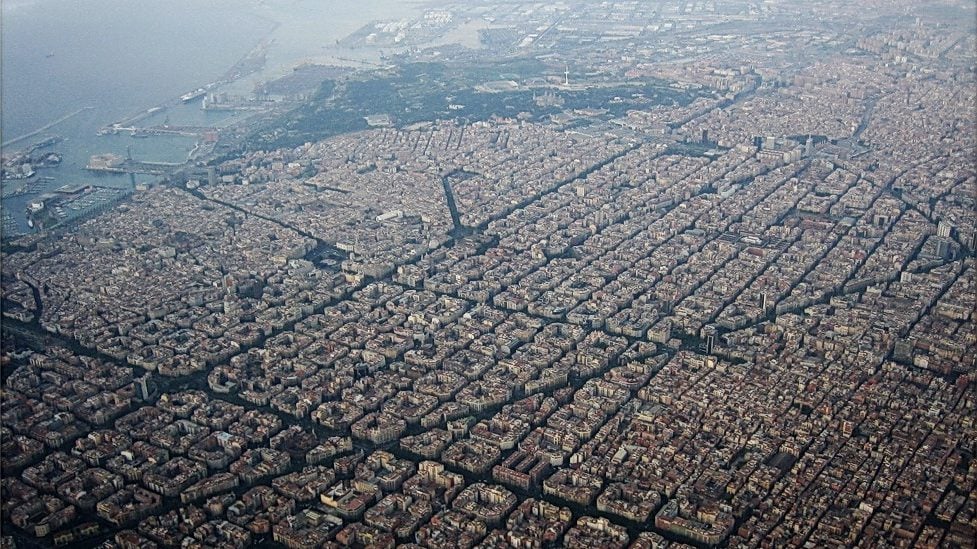Superblocks, in some instances, could give a business more foot traffic. That's the idea being concocted in Barcelona, Spain.
A superblock is an area of a city that blocks off traffic in major urban centers so that only pedestrian traffic can enter an area to enjoy shopping, dining, and other popular activities like street performances and events.
In Barcelona, city planners are creating superblocks as a means to alleviate the environmental impact of cars in highly concentrated urban areas while still promoting economic activity and consumption amongst residents. The goal is to have six superblocks by 2018, but, authorities have plans for dozens of intersections in the city.
Vox’s Ezra Klein explained the concept as a way to limit the speed of cars and where they can go in a given amount of space so that foot traffic can increase.
“You take nine square city blocks and you close off the inside to through traffic,” Klein said in a video using Barcelona as an example. “So buses, big freight trucks – or any vehicles that are trying to get from one part of town to the next – have to drive around the perimeter.”
Within the perimeter, the speed limits and access to the areas are kept very controlled. Typically, according to Klein, the average speed limit is 6 miles per hour leaving space for more pedestrian activity.
Because of the highly concentrated space and the lack of cars, economic activity increases because more people are given access to the local businesses without having to be inundated by cars. The environmental benefits are noteworthy, also.
However, in the United States, superblocks may not work as successfully as they do in cities such as Barcelona. For example, a similar plan was implemented in Eugene, Oregon in 1971. The plan was to create the Eugene Mall, a car-free superblock that was intended to bolster economic activity in the towns failing downtown.
A large conflict over what the mall should be used for lasted for more than 30 years, until the car-free zone was lifted. Particularly, the mall became the sight of various counter-culture demonstrations challenging the Vietnam War and was a popular location for protests. Because of this, and a widening generational gap among retail consumers, resulted in low consumer confidence and businesses eventually shuttered.
Other concerns for around superblocks in the United States exist like how local zoning laws will adapt to the potential combined residential and commercial zones.
What do you think? Should cities in the U.S. consider superblocks? Share your thoughts in the comments.
MORE INNOVATIVE IDEAS ON CAPITALISM.COM:
• Reframe Your Understanding of Wealth Creation
• Why Whole Foods CEO John Mackey is Vegan But Sells Meat
• Why We Need More Job Creators, Not Job Takers









